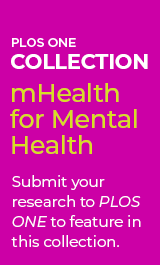Subscribe to keep up to date with the latest research, resources, news and events from The Deck.
You can also sign up to Q Shelter’s monthly newsletter, Home Matters.

Amber Howard, Ang Li, Rebecca Bentley
The growing trend towards young adults staying in the parental home has garnered much recent scholarly interest. However, less is known about which young adults are living at home, and the impacts this has over young adults’ lives.
Using The Household, Income and Labour Dynamics in Australia (HILDA) dataset, this study examines the profiles of co-residing young adults and how these have changed over the first two decades of the 21st century. It then analyses the associations between co-residence and young adults’ mental health, applying a propensity score modelling approach to determine differences in mental health between young adults living at home and their counterparts living independently.
Results indicate that rates of co-residence have increased over the 2000s, most steeply amongst those residing outside of major cities (by 46%), older adults (by 36%), females (by 28%), and low-income groups (by 10%). Findings show a significant negative association between co-residence and mental health (a 4-point difference on the 100-point scale, 95% CI -5.93, -2.14).
However, the greatest differential in mental health between co-resident and independent young adults is observed amongst those for whom rates of co-residence have increased most dramatically, i.e., females and older adults (a 6-point difference in mental health) and residents of regional and rural areas (a 5-point difference in mental health). We situate this discussion in the context of intensifying housing market constraints, considering how the transformation of the Australian housing system into a vehicle for wealth accumulation has generated barriers to residential independence.